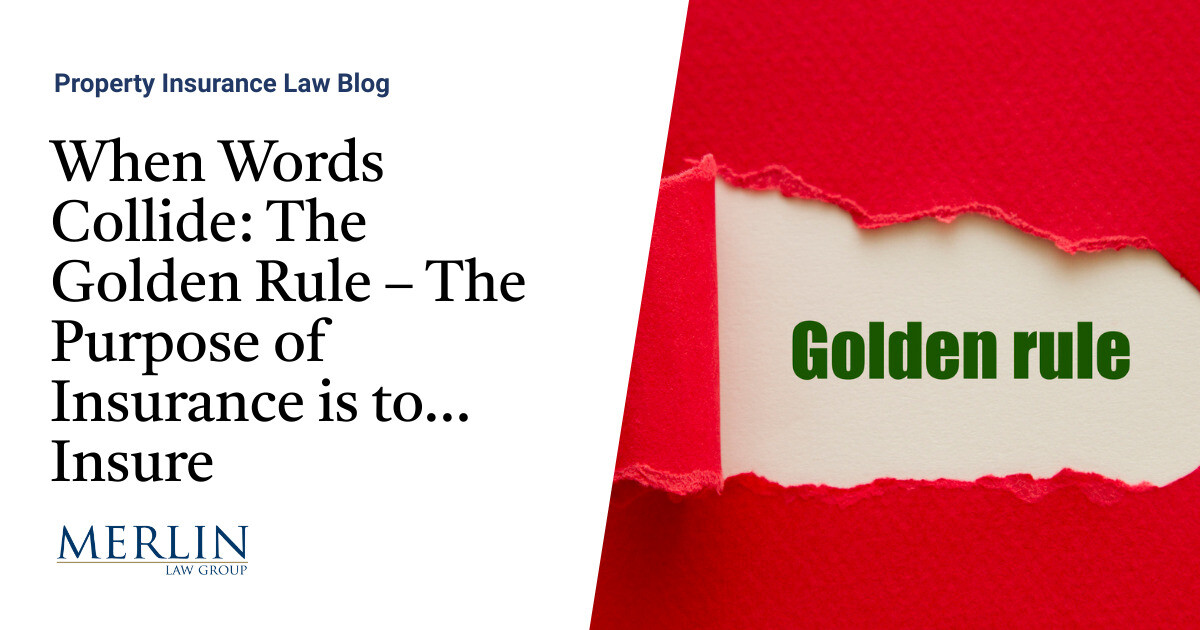Little Known Facts About Pacific Prime.
Table of ContentsAll About Pacific PrimePacific Prime for BeginnersThe Pacific Prime PDFsPacific Prime for Dummies
In many states, the insurance company is called for to send you a copy of the adjustments to your policy. It is essential that you read Endorsements or Riders so you understand exactly how your policy has actually changed and if the plan is still appropriate to satisfy your requirements. To obtain a duplicate of your insurance coverage plan, please call your insurance policy representative or business.
The Institute of Medicine (IOM) Board on the Effects of Uninsurance launches an extensive examination of proof that addresses the value of medical insurance coverage with the magazine of this report. Coverage Issues is the very first in a series of 6 records that will be released over the following two years recording the fact and effects of having actually an estimated 40 million individuals in the USA without medical insurance coverage.

A Biased View of Pacific Prime
The goal of this collection of research studies is to redouble plan attention on a longstanding problem. Complying with the lengthiest financial expansion in American history, in 1999, an approximated one out of every 6 Americans32 million grownups under the age of 65 and more than 10 million childrenremains without insurance (Mills, 2000).

Ten percent of the populace make up 70 percent of health and wellness treatment expenses, a relationship that has stayed consistent over the previous three decades (Berk and Monheit, 2001) - expat insurance. Hence wellness insurance policy continues to serve the function of spreading danger also as it increasingly funds regular treatment. From the point of view of healthcare providers, insurance brought by their individuals assists protect a profits stream, and areas gain from financially viable and stable healthcare experts and establishments
Federal government gives wellness insurance policy to populations whom the exclusive market may not serve properly, such as disabled and elderly persons, and populations whose access to healthcare is socially valued, such as children and pregnant females. The best ends Learn More of health and wellness insurance policy protection for the individual and areas, consisting of work environment communities of employees and companies, are enhanced health and wellness outcomes and top quality of life.
Pacific Prime - Truths
Workers rate medical insurance initially by far in relevance amongst all the benefits offered in the office (Salisbury, 2001). There have actually been sizable financial investments of personal and public funds to give health insurance coverage, numerous people still have no coverage. In spite of comprehensive coverage of survey findings and health care research results, the public remains confused and misinformed regarding Americans without health and wellness insurance policy and the ramifications of lacking coverage.

Without question, the intricacy of American healthcare financing devices and the riches of resources of information contribute to the general public's confusion and hesitation about wellness insurance stats and their interpretation. This report and those that will certainly follow goal to boil down and offer in easily understandable terms the comprehensive research study that bears upon questions of wellness insurance policy protection and its significance.
Fifty-seven percent of Americans questioned in 1999 thought that those without wellness insurance are "able to get the care they require from physicians and health centers" (Blendon et al., 1999, p. 207). In 1993, when nationwide focus was concentrated on the problems of the without insurance and on pending health treatment regulation, simply 43 percent of those questioned held this idea (Blendon et al., 1999).

They additionally obtain less preventative services and are much less likely to have normal look after chronic problems such as hypertension and diabetes mellitus. Persistent conditions can bring about costly and disabling issues if they are not well managed (Lurie et al., 1984; Lurie et al., 1986; Ayanian et al., 2000). One national survey asked more than 3,400 grownups concerning 15 highly severe or somber conditions.
Get This Report about Pacific Prime
Additional proof is offered later on in this chapter in the conversation of insurance policy and access to healthcare. https://issuu.com/pacificpr1me. People without medical insurance are young and healthy and select to go without coverage. Nearly half (43 percent) of those surveyed in 2000 thought that individuals without medical insurance are most likely to have illness than people with insurance
Voters and policy manufacturers in emphasis group conversations define those without insurance policy as youngsters that have the opportunity to be covered and feel they do not require it (Doorperson Novelli, 2001). Contrasted to those with at least some exclusive protection, the uninsured are much less likely to report remaining in superb or extremely great health and wellness (Agency for Healthcare Study and Quality, 2001).
RESOURCE: Facility for Cost and Funding Research Studies, Company for Health Care Study and Quality, based upon MEPS information. Young grownups in between 19 and 34 are much more likely to do not have medical insurance than any other age. This is chiefly due to the fact that they are much less usually eligible for employment-based insurance policy as a result of the nature of their job or their short tenure in it.
The understanding that individuals without insurance policy have better-than-average health and wellness adheres to from confusing the relatively young age profile of the uninsured with the far better wellness, generally, of younger persons. This obscures the link between health status and medical insurance. For those without accessibility to office medical insurance, bad health is a prospective obstacle to buying nongroup insurance coverage due to the fact that such coverage might be very priced, omit pre-existing problems, or be merely unavailable.